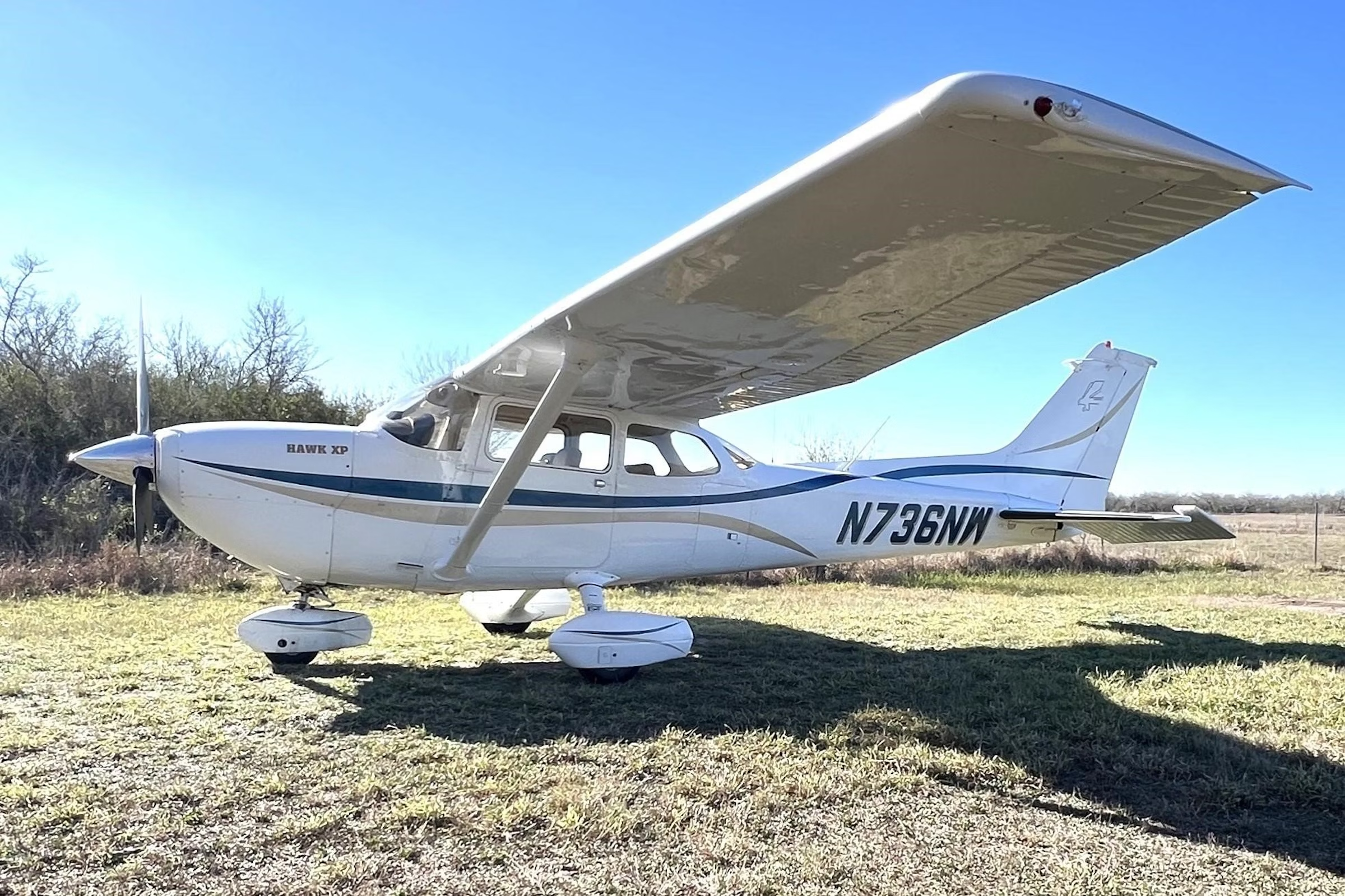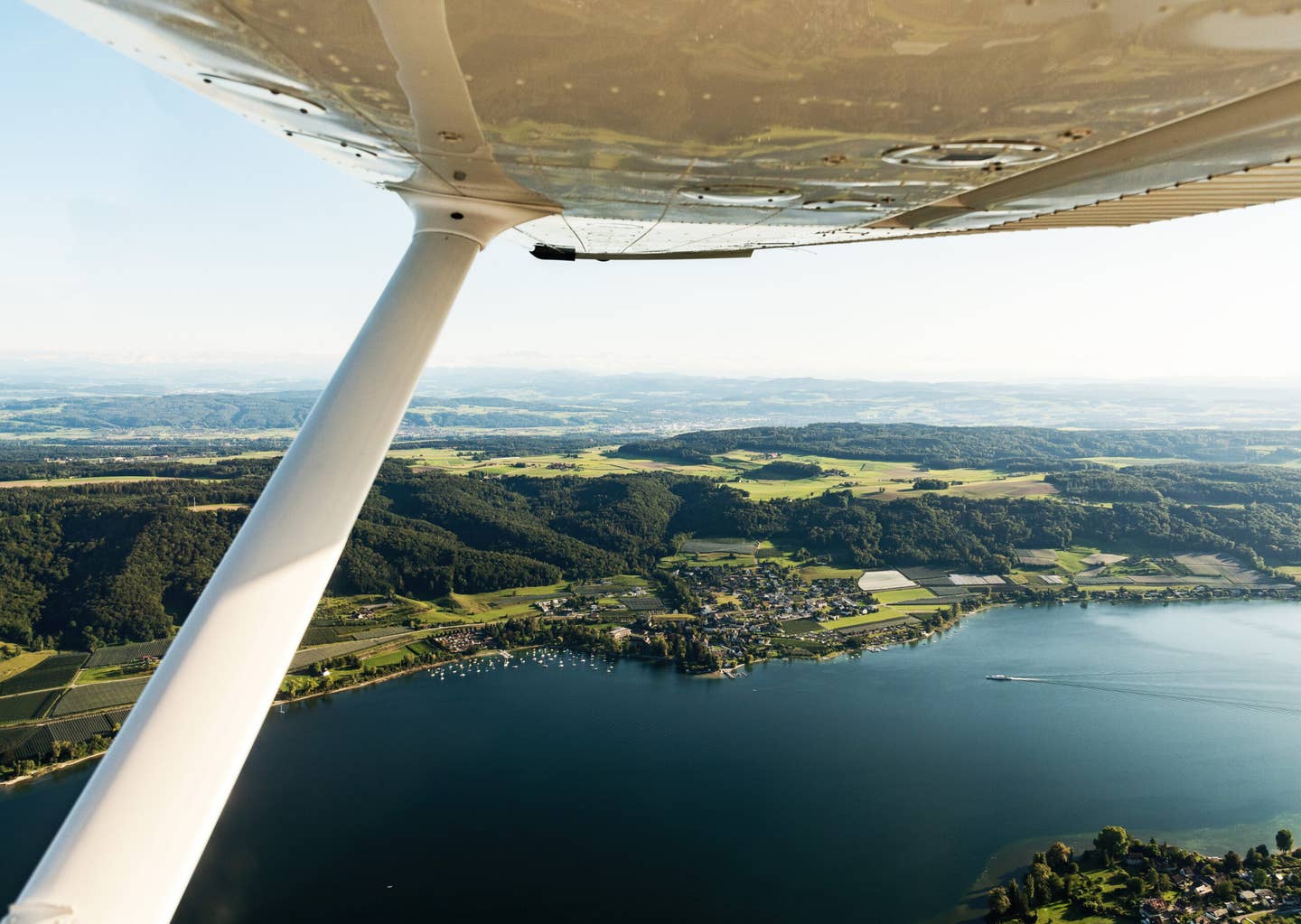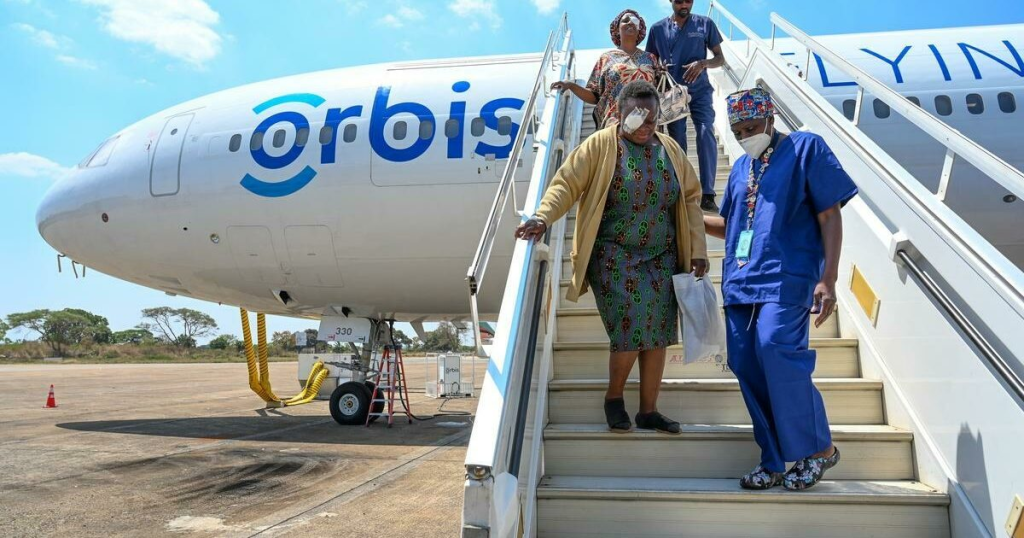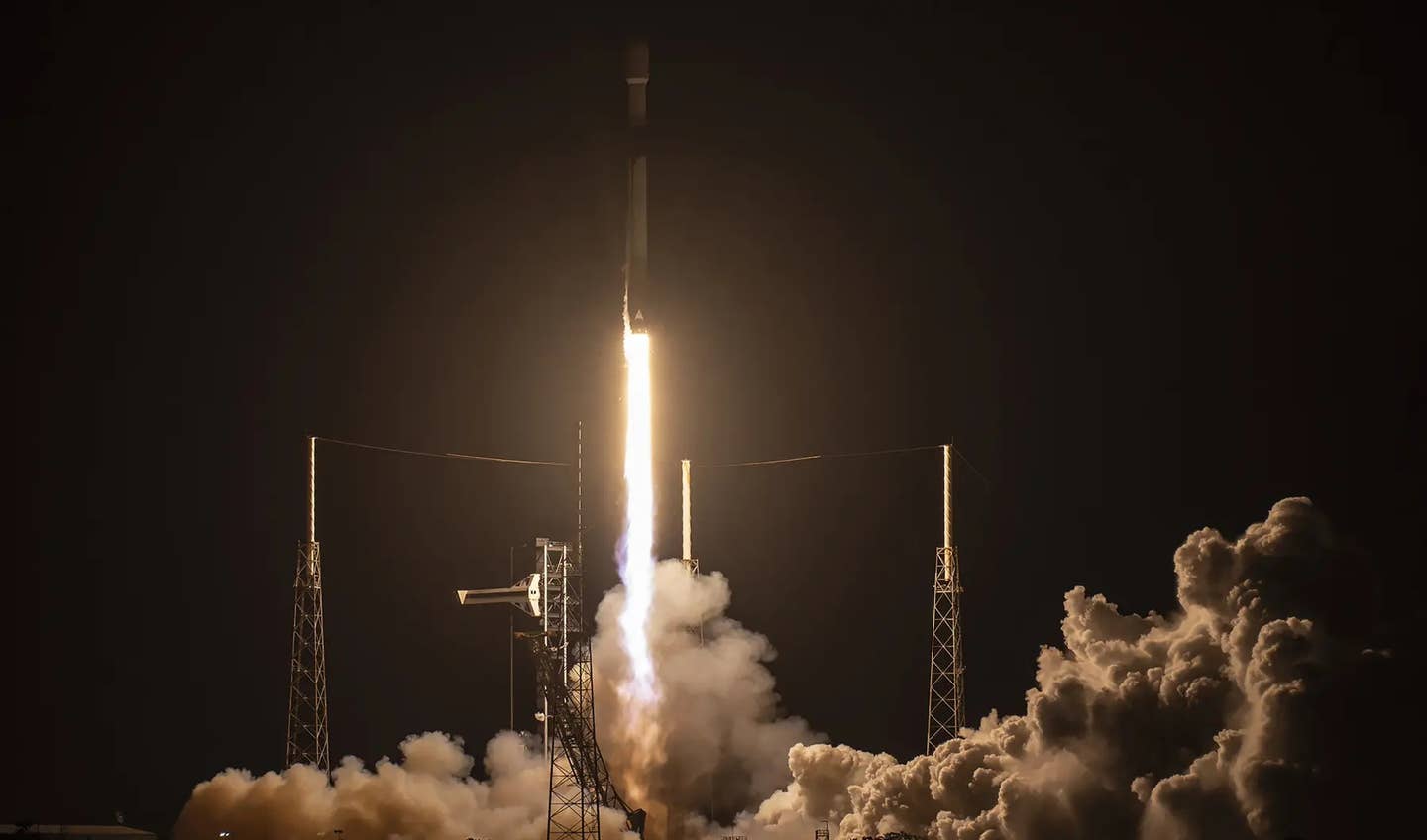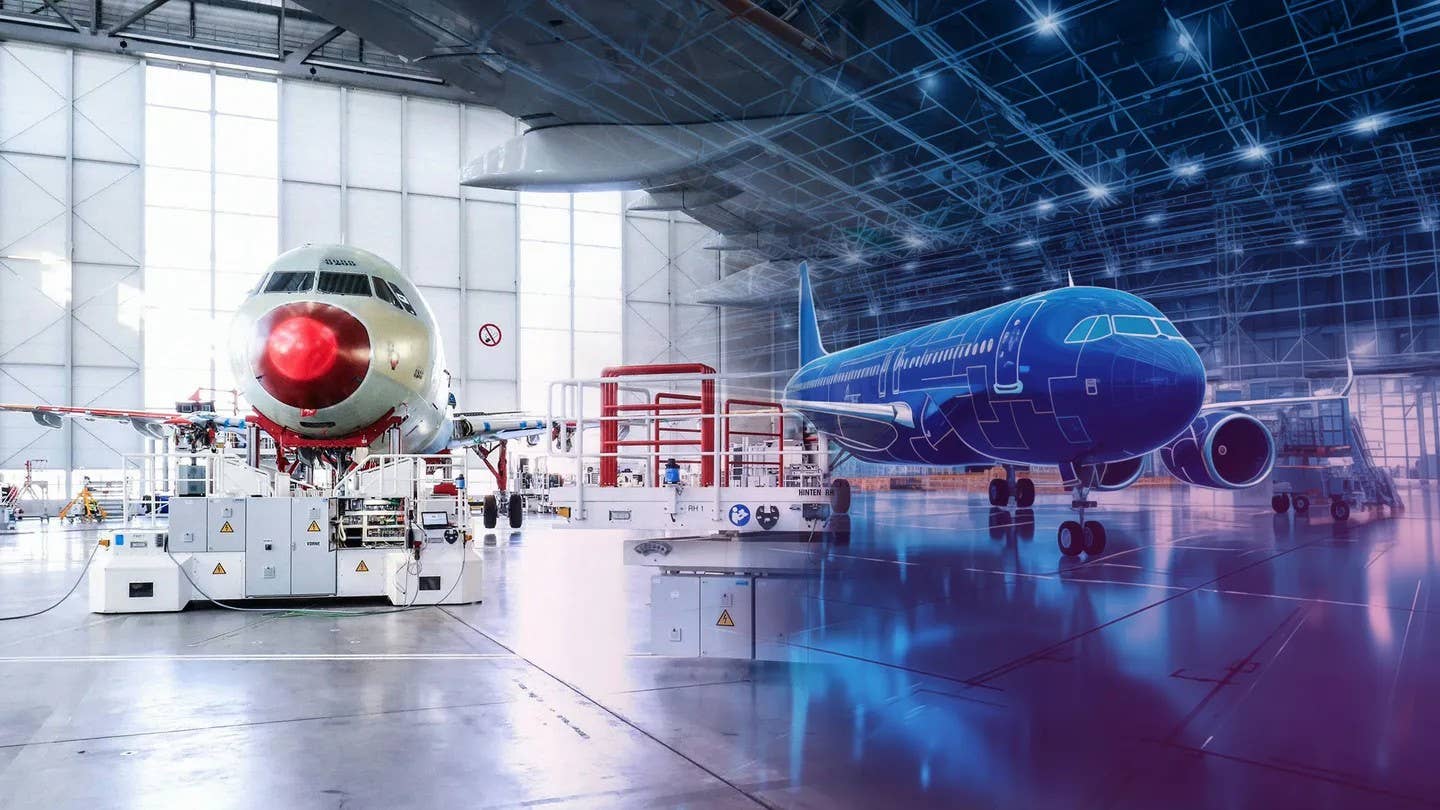Sierra Space One Step Closer to Landing Spaceplane at Alabama Airport
The FAA held a public hearing this week on Sierra Space’s proposal to use Alabama’s Huntsville International Airport (KHSV) as a low-Earth orbit (LEO) re-entry site.
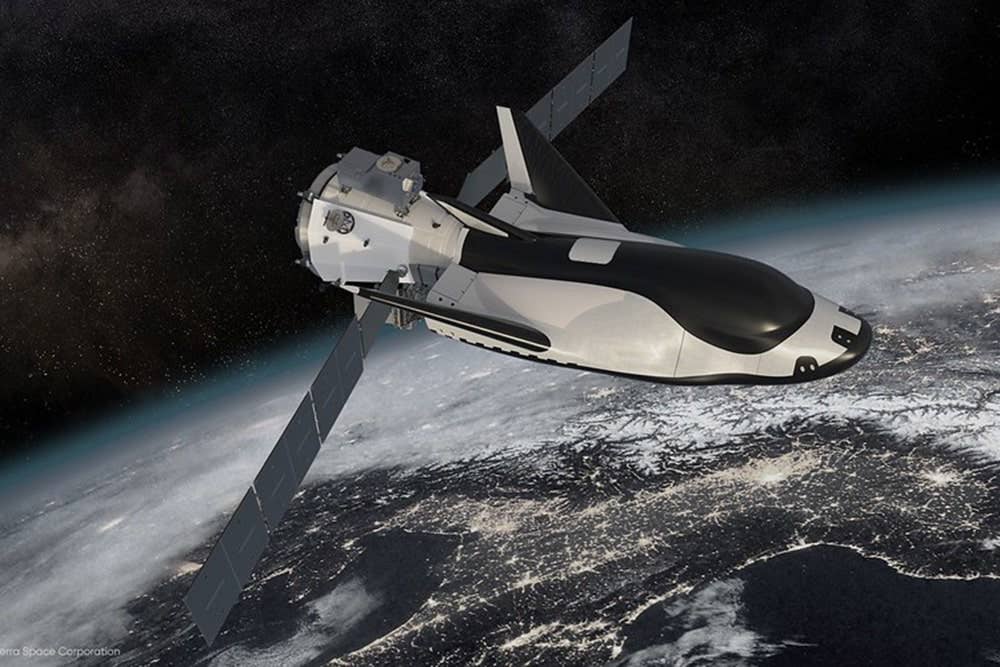
Sierra Space is seeking approval to land its Dream Chaser spaceplane at a Huntsville, Alabama, airport. Credit: Sierra Space
The FAA held a public hearing this week on Sierra Space’s proposal to use Alabama’s Huntsville International Airport (KHSV) as a low-Earth orbit (LEO) re-entry site for its spaceplane.
Sierra Space is currently developing a reusable re-entry vehicle, named Dream Chaser, that will deliver supplies to the International Space Station (ISS) as part of the Commercial Resupply Services 2 (CRS-2) program by NASA. If approved, Dream Chaser could be landing at KHSV as soon as 2023.
The focus of the meeting was Sierra Space’s Draft Environmental Assessment (DEA), as well as Sierra Space’s reentry site operator and vehicle operator licenses.
Most commenters showed their support for the potential operations, but some Huntsville residents aren’t very excited about spacecraft landing in their community.
“In Huntsville, we build rockets. We have a NASA engineering type of community, and we love what we do. But we do not launch the rockets from here, nor do we land them here. There’s reasons for that; there’s reasons why we do this in Texas, in Florida, and most aircraft used to land in the ocean,” said local resident Robert Kendall.
According to the FAA, Dream Chaser would create a sonic boom upon re-entry—a point of concern for some Huntsville residents. Sierra Space claims the sonic booms will be similar in noise level to a clap of thunder.
“In Huntsville, we build rockets. We have a NASA engineering type of community, and we love what we do. But we do not launch the rockets from here, nor do we land them here."
Huntsville resident Robert Kendall
Huntsville is already home to several space travel efforts, including NASA’s Space Launch System (SLS) that will take American astronauts back to the moon in 2024. However, neither the NASA or Sierra Space launches will actually occur in Huntsville.
“The Huntsville community, of course, has a long history of supporting advanced spaceflight and other aerospace technologies and is fortunate to have an airport with two long runways and advanced safety resources, including crash and response and all that within a vast physical airfield area,” said Mark Spencer, a local resident and founder of Avilution, LLC.
According to the FAA, Sierra Space would only need to use Runway 18L/36R, but the temporary runway closure required for a landing could last up to 10 hours at a time. During re-entry, Dream Chaser would have an “ascending trajectory,” meaning that the spacecraft would travel northbound across the southwestern United States.
Dream Chaser would remain at 60,000 feet msl until it makes its approach to KHSV, where it would begin its final descent 20 miles out.
In the future, any commercial space operator looking to utilize KHSV as a re-entry site will need to obtain its own FAA license, according to the FAA. This process will require a separate environmental review. The Huntsville-Madison Airport Authority will also need to modify its license to accommodate each new operator.
Currently, there are 12 FAA-licensed commercial spaceports in Alaska, California, Colorado, Florida, New Mexico, Oklahoma, Texas, and Virginia.
For now, the FAA has not made a decision on Sierra Space’s licenses. For more information on the proposal, visit their page.

Sign-up for newsletters & special offers!
Get the latest FLYING stories & special offers delivered directly to your inbox

